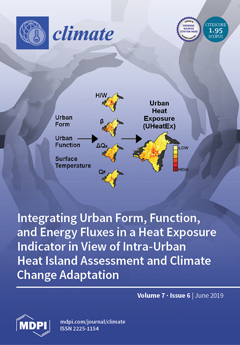Understanding plant response to excessive light energy not consumed by photosynthesis under various environmental stresses, would be important for maintaining biosphere sustainability. Based on previous studies regarding nitrogen (N) limitation, drought in Japanese white birch (
Betula platyphylla var.
japonica), and elevated O
3 in Japanese oak (
Quercus mongolica var.
crispula) and Konara oak (
Q. serrata) under future-coming elevated CO
2 concentrations, we newly analyze the fate of absorbed light energy by a leaf, partitioning into photochemical processes, including photosynthesis, photorespiration and regulated and non-regulated, non-photochemical quenchings. No significant increases in the rate of non-regulated non-photochemical quenching (J
NO) were observed in plants grown under N limitation, drought and elevated O
3 in ambient or elevated CO
2. This suggests that the risk of photodamage caused by excessive light energy was not increased by environmental stresses reducing photosynthesis, irrespective of CO
2 concentrations. The rate of regulated non-photochemical quenching (J
NPQ), which contributes to regulating photoprotective thermal dissipation, could well compensate decreases in the photosynthetic electron transport rate through photosystem II (J
PSII) under various environmental stresses, since J
NPQ+J
PSII was constant across the treatment combinations. It is noteworthy that even decreases in J
NO were observed under N limitation and elevated O
3, irrespective of CO
2 conditions, which may denote a preconditioning-mode
adaptive response for protection against further stress. Such an
adaptive response may not fully compensate for the negative effects of lethal stress, but may be critical for coping with non-lethal stress and regulating homeostasis. Regarding the three deciduous broadleaf tree species, elevated CO
2 appears not to influence the plant responses to environmental stresses from the viewpoint of susceptibility to photodamage.
Full article





